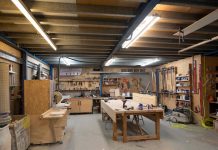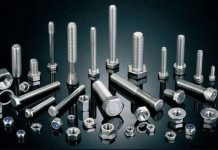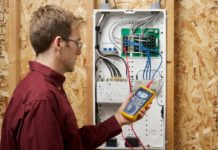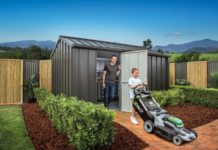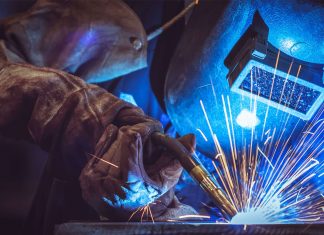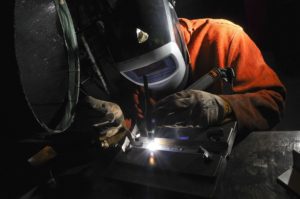
It’s not rare that people take up welding as a fun hobby. After all, welding has a distinct appeal of being part art and part engineering. When you see craftsmen creating complex structures out of metal, you can see the artist shining through. And obviously, you are inspired to unleash your own creativity through the process of welding too. But in order to do so, you also need to cover the engineering part, and for that, you need efficient and quality welding equipment at your disposal.

The first and foremost requirement of assembling a good set of welding equipment is choosing the right safety gear. Even though you’re welding at home and not at an industrial facility, you’re still faced with the risks of the trade and thus need to be properly protected. That being said, investing a little more in a protective helmet with a robust auto-darkening lens can prevent the piercing brightness or flying sparks and metal from injuring your eyes.
You also mustn’t forget to protect your hearing as welding can be a very loud process. Therefore, another essential piece of safety welding equipment is ear-plugs or muffs. As for the rest of your body, make sure to wear insulated and fire-resistant gloves, shoes, and a jumpsuit that can protect you against scratches, sparks and burns from the hot equipment.
And now comes the fun part – the cool welding tools you’ll be using to fuse things together.
The welder is obviously the first tool you’ll buy. When choosing one, it’s critical to choose a model with a lower voltage designed for home use. Many experienced welders recommend starting with a 140V MIG welder since it can be run on most electrical outlets and is easy to operate. Once you’ve gained experience you can move on to more advanced models.
Besides a quality welder, buying the right shielding gas is also an essential requirement. Using a shielding gas prevents the weld from being exposed to gases contained in the atmosphere which can cause porosity and excessive spatter. As a beginner, it’s advised to stick to a gas with a psi between 15 and 25. As for the gas mixture, a 100% CO2 shielding gas can be enough for a hobbyist with a MIG welder.
And finally, you will also need some additional tools to help you smooth your weld into perfection. For instance, an angle grinder can help you flatten welds, as well as clean the surface from any bumps prior to welding. To mark the lines where you’ll be cutting you can use an awl or carbide scribe. And with the help of a miter clamp or a magnet square, you can secure any joints. When you’re done, you can use a chipping hammer and a wire brush to clean up slag and spatter from your creation.


